What Element on the Periodic Table Is Blue on the Light Spectrum
A guest article by Joseph Friedlander
I wanted to write a simple article to show children to get them interested in chemistry. There is no gigantic cosmic idea here, just Wikipedia pictures and the common theme of pretty chemicals. This article is best shown to children with an adult by their side to explain things.
A good site to have the kids look at is http://images-of-elements.com/
To go to any Wiki element page start here for easy links https://en.wikipedia.org/wiki/List_of_elements
I have long had an interest in the elements and part of that has been the colors of the elements.
Since most elements are metals and since most metals are described as metallic looking or silvery, pronounced colors among elements are rare. Some gases are colorless as well. So the elements that display colors are few in number.
(A side point about most elements being metals–astronomers in fact refer to anything heavier than hydrogen or helium as metals –even gasses like oxygen or chlorine —https://briankoberlein.com/2014/04/23/hydrogen-helium-metal/and speak of the metallicity of stars)
There are of course many colorful chemicals.
from Wiki–
https://en.wikipedia.org/wiki/Color_of_chemicals
| II) sulfate pentahydrate | CuSO4 · 5H2O | Blue |  |
| Copper(II) benzoate | C14H10CuO4 | Blue |  |
| Cobalt(II) chloride | CoCl2 | Deep blue |  |
| Cobalt(II) chloride hexahydrate | CoCl2 · 6H2O | Deep magenta |  |
| Manganese(II) chloride tetrahydrate | MnCl2 · 4H2O | Pink |  |
| Copper(II) chloride dihydrate | CuCl2 · 2H2O | Blue-green |  |
| Nickel(II) chloride hexahydrate | NiCl2 · 6H2O | Green |  |
| Lead(II) iodide | PbI2 | Yellow | |
There are colorful chemicals under the flame test
Because each element has an exactly defined line emission spectrum, scientists are able to identify them by the color of flame they produce. For example, copper produces a blue flame, lithium and strontium a red flame, calcium an orange flame, sodium a yellow flame, and barium a green flame.
Flame tests | Causes of Color – Webexhibits
www.webexhibits.org/causesofcolor/3BA.html
https://en.wikipedia.org/wiki/Flame_test
from Wiki–
| Na | Sodium | Intense yellow; invisible through cobalt blue glass | |
| Cu(II) | Copper(II) (non-halide) | Green | |
| Strontium | Crimson to Scarlet, yellowish through green glass and violet through blue cobalt glass | |
and similarly under the bead test https://en.wikipedia.org/wiki/Bead_test
Chemicals can color fire https://en.wikipedia.org/wiki/Colored_fire
from Wiki–
| Color | Chemical | Image |
|---|---|---|
| Carmine (Dark Red) | Lithium chloride |  |
| Red | Strontium chloride or Strontium nitrate |  |
| Orange | Calcium chloride |  |
| Yellow | Sodium chloride (table salt) or Sodium carbonate |  |
| Apple Green | Borax (Sodium Borate) |  |
| Green | Copper(II) sulfate, Boric Acid |  |
| Blue | Copper(I) chloride, Butane |  |
| Violet | 3 parts Potassium sulfate, 1 part Potassium nitrate (saltpeter) | |
| Purple | Potassium chloride |  |
There are colorful alloys. The diagram below shows how you mix gold copper and silver to get red gold , white gold or even green gold. Using Indium you can get blue and purple gold too. You can get even more colors by making crystals of metal with colorful oxidation states, especially transition elements.
https://en.wikipedia.org/wiki/Bismuth#Physical_characteristics
A page for older readers on this http://www.chemguide.co.uk/inorganic/complexions/colour.html
All the above are colorful but are not pure elements. This article focuses on the colors of elements.
To go to any Wiki element page start here for easy links https://en.wikipedia.org/wiki/List_of_elements
Many elements have allotropic states that can give a different color to some temperature ranges of the element. Explained in more depth here https://en.wikipedia.org/wiki/Allotropy#List_of_allotropes
Everybody's favorite– gold.

Copper can be pinkish orange and brownish depending how tarnished the surface has been explosed.

Osmium has a blue-gray tint

Tomihahndorf
Lead has a slight blue to it when pure but gets gray as it tarnishes

The liquid sulfur is red and hot above 200 C, the yellow is cold and solid. It burns blue.

Johannes 'volty' Hemmerlein
Carbon is black or can be clear as a crystal (diamond)

Boron can be black brown or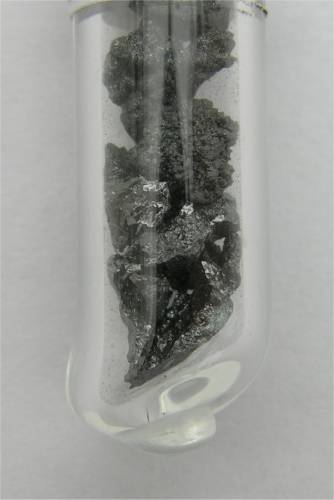
Tomihahndorf
Bromine is Orange-Brown

W. Oelen
Liquid (cold) Oxygen is blue; gaseous oxygen is invisible

Dr. Warwick Hillier / Australian National University
Chlorine Gas is green-yellow
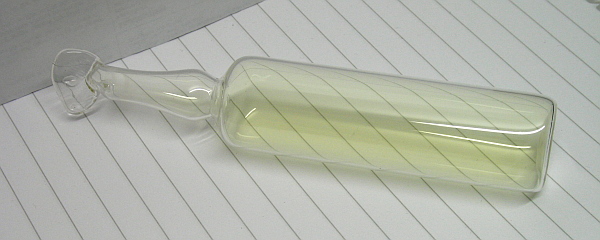
W. Oelen
and when cold or under pressure is a yellow liquid.

Workingclass91
Fluorine Gas when warm is pale yellow https://en.wikipedia.org/wiki/Phases_of_fluorine ;
Link for older readers on the difficulty of preparing a container to hold it in with a picture of the gas in a clear container http://periodictable.com/Elements/009/
cold Fluorine is a yellowish liquid; in each case fainter than chlorine.

Prof B. G. Mueller
Iodine is blue black as a solid
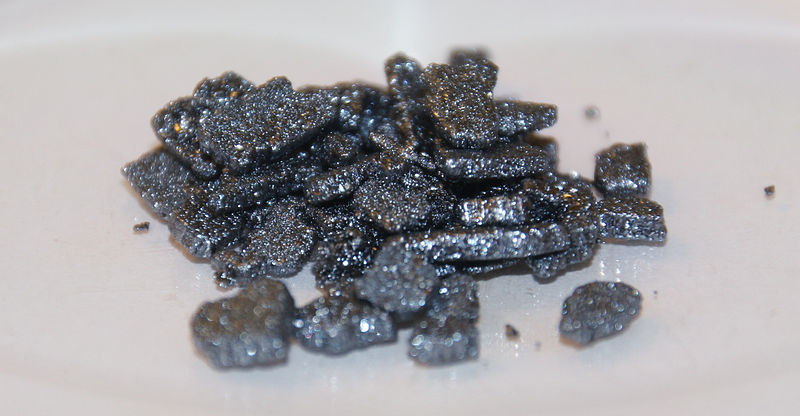
LHcheM
Iodine can be purple as a gas
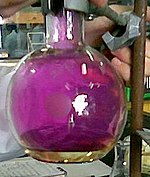
Matias Molnar
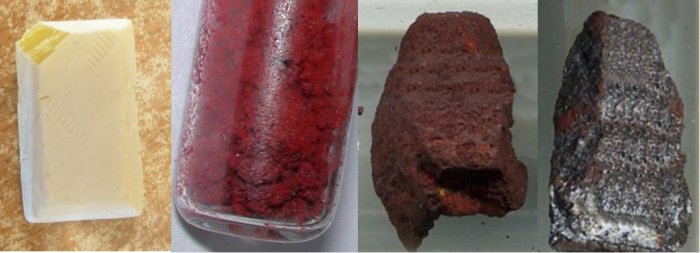
Peter Krimbacher
Selenium also has allotropic colors or red black and gray
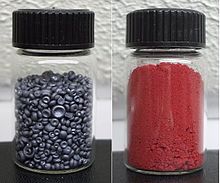
W. Oelen
Antimony has allotropic colors of blue-white, yellow and black and in metaloid form is silver grayish like silicon

Ondřej Mang
Arsenic has allotropic colors of gray yellow and black
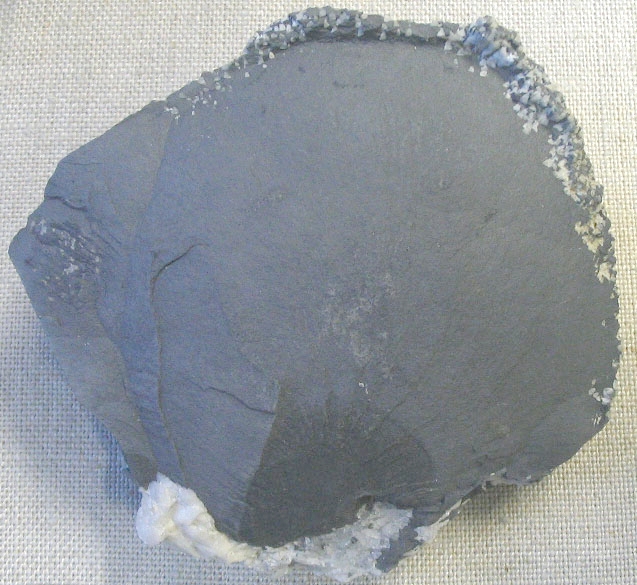
Aram Dulyan
My advice to a child just beginning to study chemistry would be to learn the periodic table by groups and try to learn the personality and uses of each element (up to Uranium or Plutonium which are elements number 92 and 94.).
Once you know the players, the game makes much more sense.
I f you liked this article, please give it a quick review onycombinator orStumbleUpon. Thanks
Source: https://www.nextbigfuture.com/2016/01/the-colors-of-elements.html
0 Response to "What Element on the Periodic Table Is Blue on the Light Spectrum"
Post a Comment